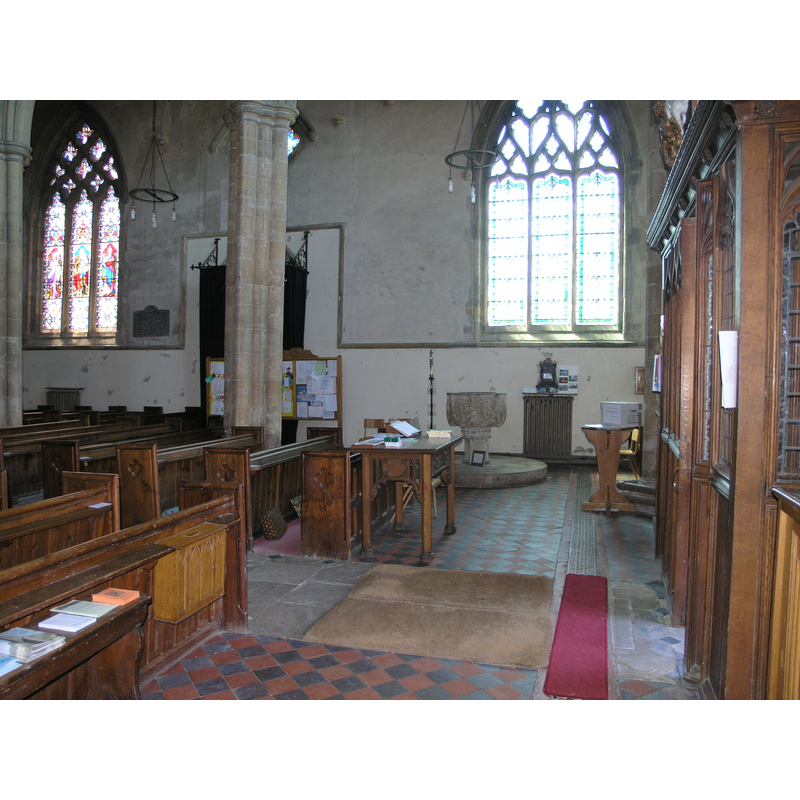Hedon No. 1

Image copyright © Hazel Pickering, 2018
Image and permission received from the author (e-mail of 17 December 2018)
Results: 13 records
angel - cherub - 8
animal - mammal - lion - head
design element - architectural - arcade - blind - 8 arches - Gothic arches
design element - motifs - floral - rose - Tudor rose
design element - patterns - tracery
information - sign/label
symbol - shield - emblem - Christ - initials
view of font
view of font
view of font
view of font
view of font and cover
INFORMATION
FontID: 01898HED
Object Type: Baptismal Font1
Church/Chapel: Parish Church of St. Augustine
Church Patron Saints: St. Augustine of Hippo
Church Location: Church Gate, Hedon, East Riding of Yorkshire HU12 8BN
Country Name: England
Location: East Riding of Yorkshire, Yorkshire and the Humber
Directions to Site: Located about 10 km E of Hull on the A1033 (dir. Withernsea)
Ecclesiastic Region: Diocese of York
Historical Region: Hundred of Holderness [Middle Hundred]
Font Location in Church: Inside the church, in the W side of the S aisle
Century and Period: 14th century (late?), Decorated? / Perpendicular?
Workshop/Group/Artisan: heraldic font
Cognate Fonts: a similar, though not identical, font in nearby Hull (Holy Trinity's)
Credit and Acknowledgements: We are grateful to Colin Hinson, of www.yorkshireCDbooks.com, and to Hazel Pickering for their photographs of this font.
Church Notes: the original church appears to have been 13thC; re-built in 14thC
Font Notes:
Click to view
No entry found for Hedon in the Domesday survey. Noted in Glynne's October 1841 visit to this church (in Butler, 2007): "The font has an octagonal bowl of Perpendicular character, each face having an ogee crocketed canopy, with pinnacles between them, set upon figures of angels. The spandrils are pannelled with quatrefoiled circles, shields, animal figures, and the Tudor flower. The shaft is octagonal, and on its west side is a kneeling step". Poole (1842) tells the story of the restoration of this font "to its pristine elegance [...] by a person who went to see the nble church [...] and having perceived in the font traces of greater beauty than appeared to the common eye, asked and obtained permission to clean it", and the good deed was "seconded by the addition of a canopy, sufficiently hansome not to disgrace its destination". Poole (ibid.), however, describes his horror when he visited this church: "The bottom of the canopy is a flat surface, covering the basin of the font, and into the centre of this is inserted a little basin, which is evidently intended to prevent the necessity of using the font itself, so that its use is actually superseded, not gained, by the late addition; and when the lid of this basin was taken off, it was discovered full of nutshells!". Described and illustrated in Paley (1844): round-top basin has its side divided into eight compartments, each ornamented with a cinquefoil arch "under rich crocketed ogee canopies; the spandrels are filled with foliage and ornaments". There are winged angel busts at the bottom end of the basin side divisions. The upper part of the stem of the base, right under the underbowl, has capital-like decoration, which makes Paley suspect that it "probably had a small shaft on each face" (ibid.), and the lower part is a plain octagonal shaft. The single-step plinth is round. Listed in Brandon (1849) as a font of the Decorated period, with an octagonal stem ornamented with "panels divided by small pinnacles". Bulmer's Directory of 1892 notes: "The font is octagonal, with quatrefoil and elegant tracery." Listed in Cox & Harvey (1907) as a baptismal font of the 14th century "of particular merit". Hobson (1924) describes it as "handsome font Perp[endicular]". Bond (1908) informs of remaining records detailing "two entries for 1372: 'Item, pro factura unius cooperture pro funte in ecclesia, ijs', and 'pro clavis pro eadem cooperture, ijd.'" These two entries of expenses make reference to a font cover that no longer exists; the present font cover is a round, flat and plain piece of undecorated wood. Noted in Betjeman (1958) as a 14th-century font comparable to the one at Holy Trinity's, Hull. In Jenkins (2000): "In the south aisle is a Gothic gem, a Decorated font covered in ogees and blind tracery, original and perfect." There is at least one animal head, resembling a lion, among the other tracery motifs, and one IHS emblem as well.
COORDINATES
Church Latitude & Longitude Decimal: 53.7415, -0.1997
Church Latitude & Longitude DMS: 53° 44′ 29.44″ N, 0° 12′ 00.23″ W
MEDIUM AND MEASUREMENTS
Material: stone, type unknown
Font Shape: octagonal (mounted)
Basin Interior Shape: round
Basin Exterior Shape: octagonal
Notes on Measurements: [No measurements given in Paley]
INSCRIPTION
Inscription Language: Latin
Inscription Notes: in the midst of the Ogee tracery, to the left of a large Tudor rose
Inscription Location: inside a shield on the basin side
Inscription Text: "IHS"
Inscription Source: [cf. Image area]
LID INFORMATION
Date: 14th century?
Material: wood
Notes: [cf. FontNotes]
REFERENCES
Betjeman, John, An American's Guide to English Parish Churches (including the Isle of Man), New York: McDowell, Obolensky, 1958
Bond, Francis, Fonts and Font Covers, London: Waterstone, 1985 c1908
Borg, Raine, Smålands medeltida dopfuntar, Göteborg: Acta Universitatis Gothoburgensis, 2002
Cox, John Charles, English Church Furniture, New York: E.P. Dutton & Co., 1907
Glynne, Stephen Richard, The Yorkshire notes of Sir Stephen Glynne (1825-1874), Woodbridge: The Boydell Press; Yorkshire Archaeological Society, 2007
Hobson, Bernard, The East Riding of Yorkshire (with York), Cambridge: At the University Press, 1924
Jenkins, Simon, England's Thousand Best Churches, London and New York: Allen Lane, the Penguin Press, 1999 [2000 rev. printing]
Paley, Frederick Apthorp, Illustrations of Baptismal Fonts, London, UK: John van Voorst, 1844
Poole, George Ayliffe, The Appropriate Character of Church Architecture, Leeds; London: T.W. Green; Rivington, Burns, and Houlston and Stoneman, 1842
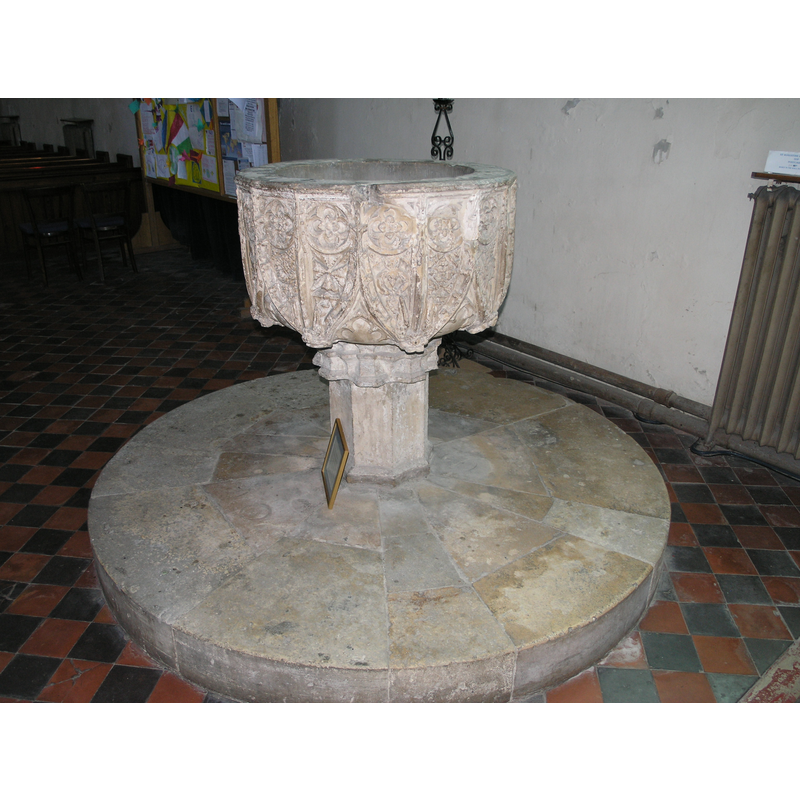
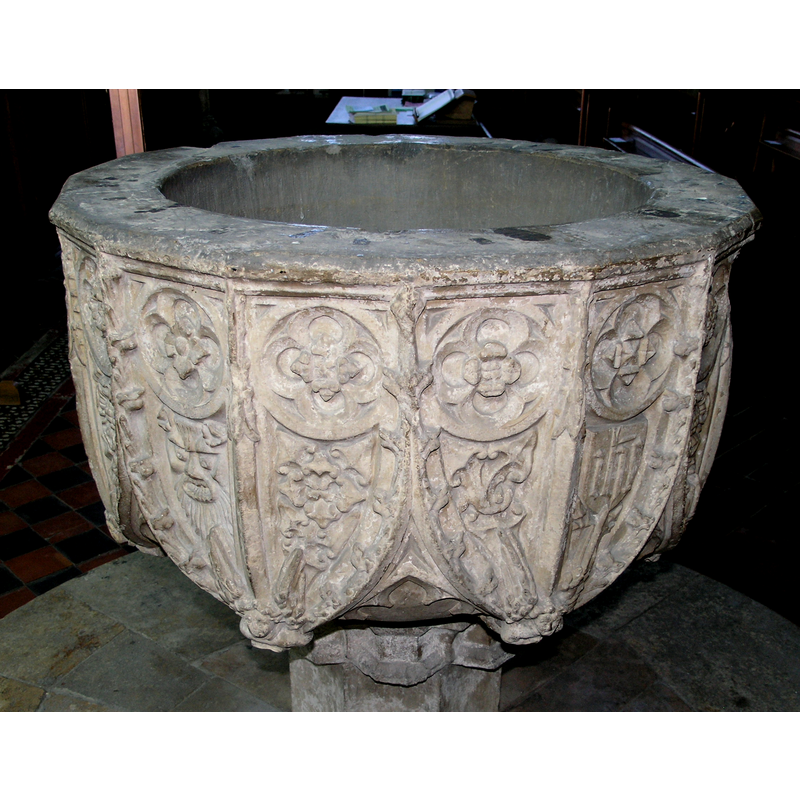
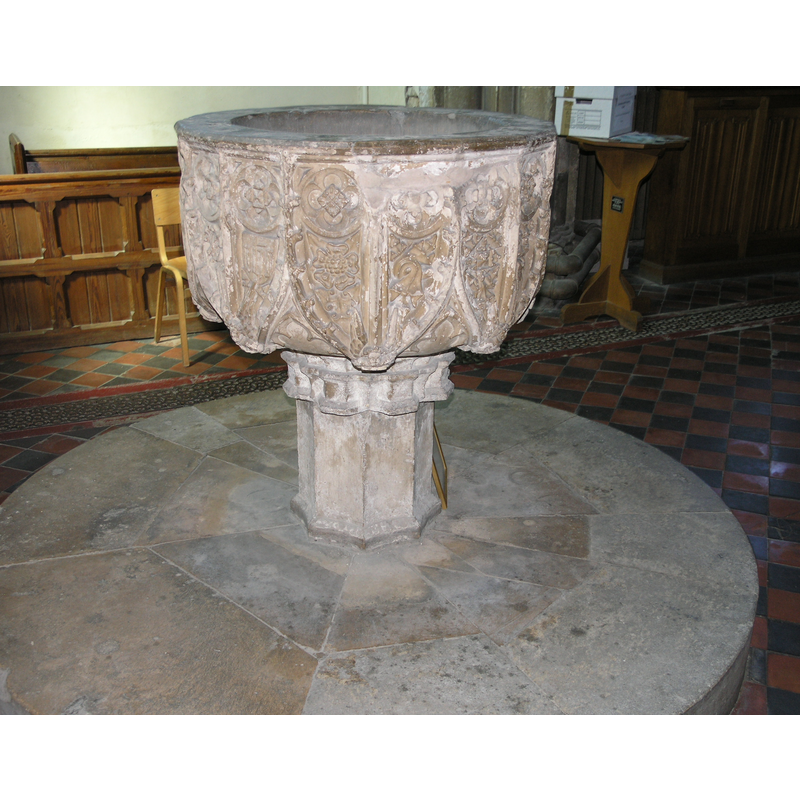
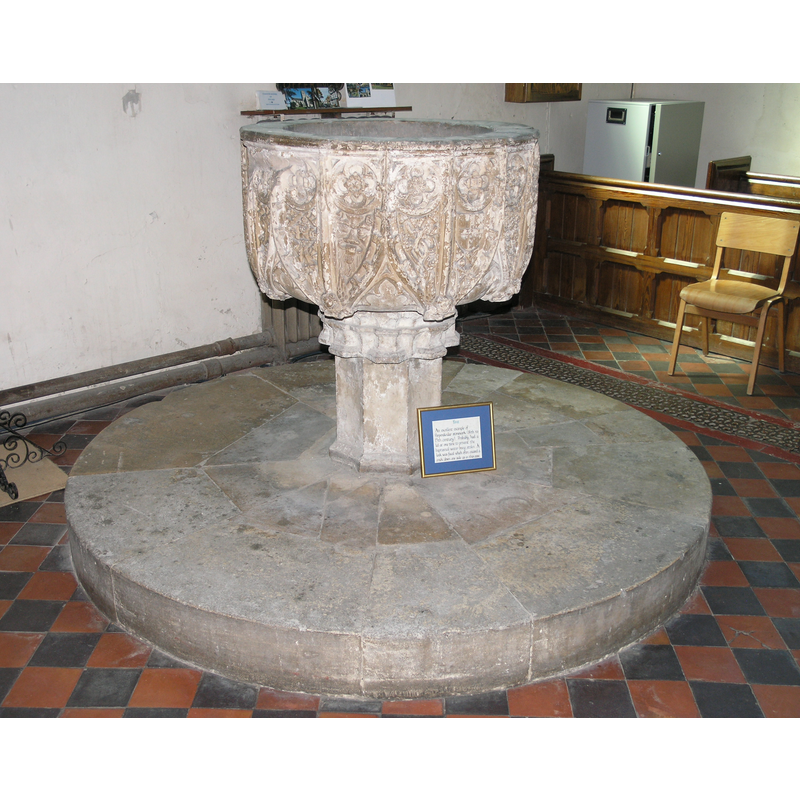
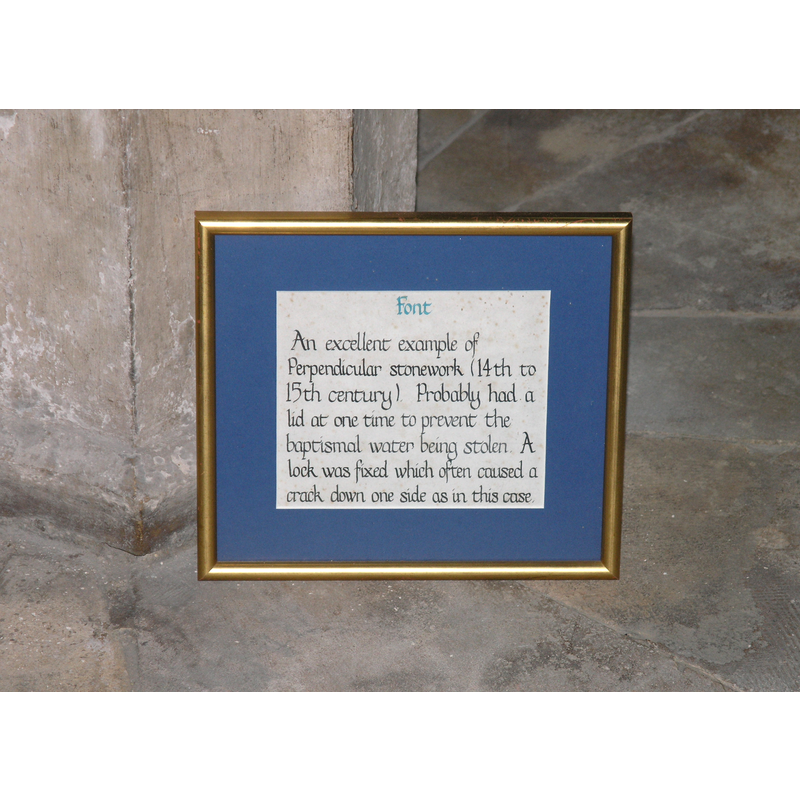

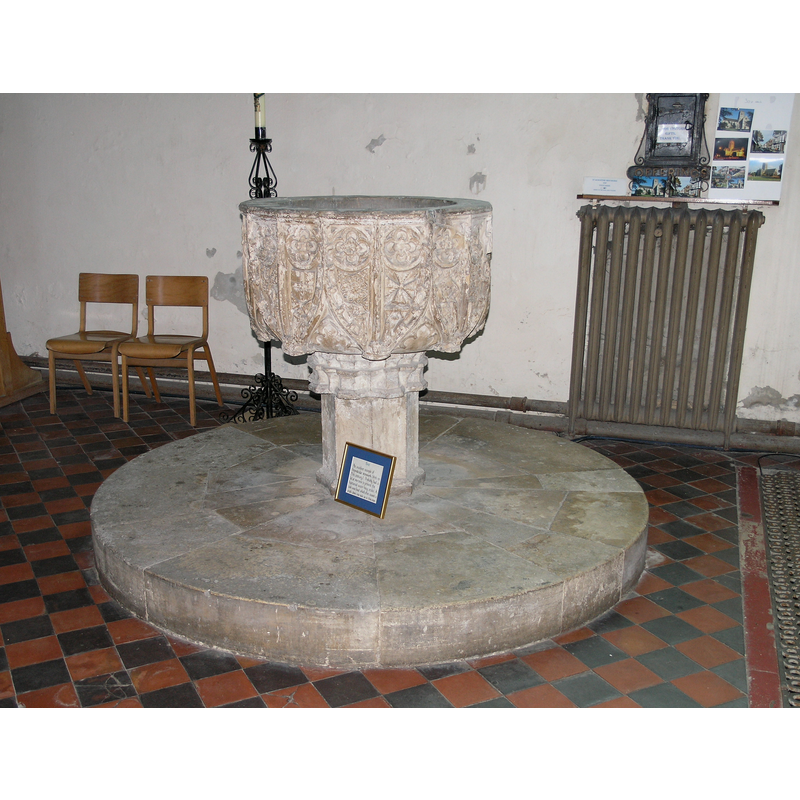

![Baptismal font [modern] in the Roman Catholic Parish Church of Hedon](/static-50478a99ec6f36a15d6234548c59f63da52304e5/compressed/1060807025_compressed.png)
